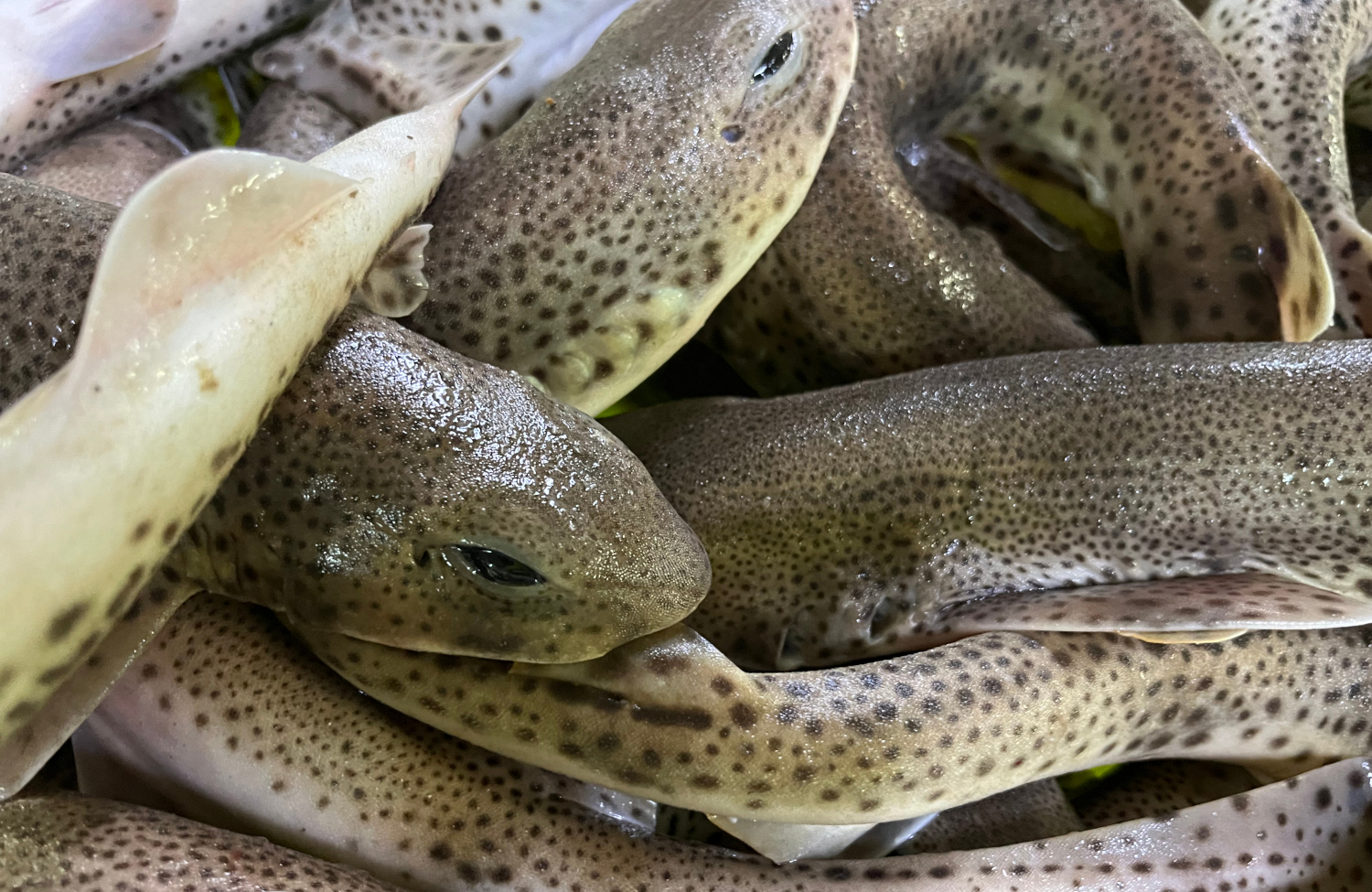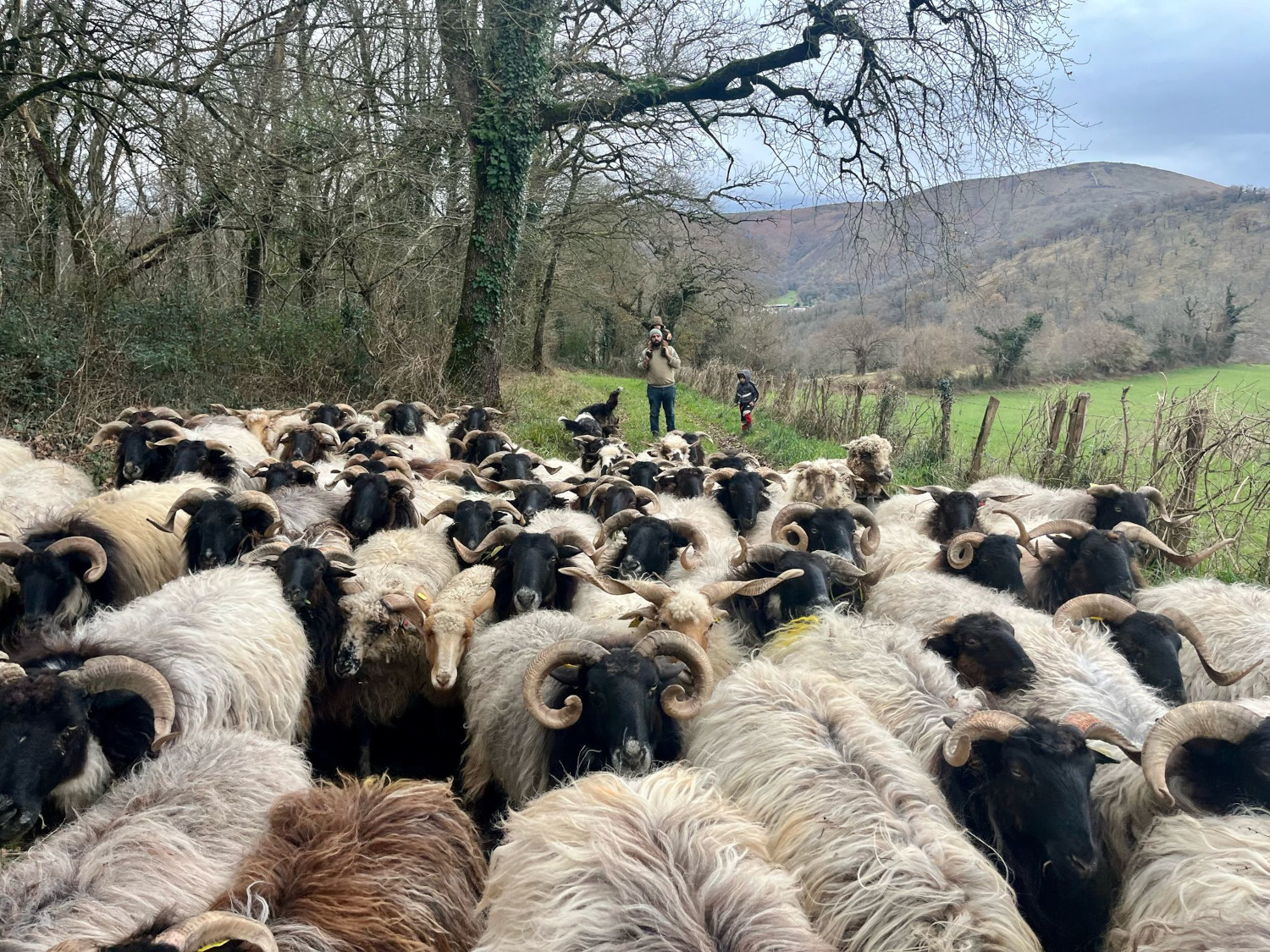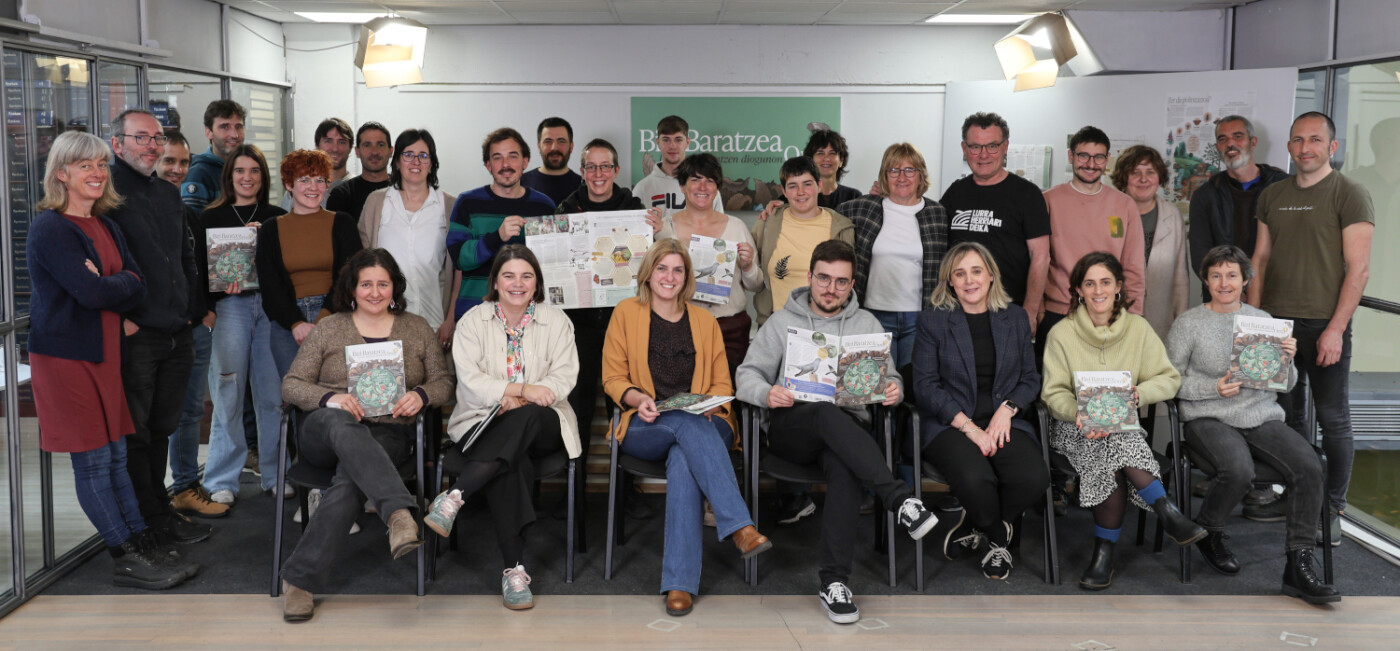Stressed plants sonically represent their state
- One study has shown that the sound emitted by stressed tomato and tobacco plants spreads through the air and can be detected within a meter. According to the journal Cell, dried plants or cut stems emit sounds of volume similar to that of human conversation.

People are not able to hear these sounds, because their frequency is too high for people, but researchers say other mammals and insects are very likely to hear them and probably other plants as well.
Sound emitted by stressed plants, decreasing frequency, so humans can hear it. Kaith et al. CC BY-SA
It was already known that plants emit ultrasonic waves. They have now demonstrated for the first time that these waves are airborne. Given that the sounds emitted by animals are also spread in this way, researchers believe there will be some communication between species.
In the experiment, they recorded healthy, stressed plants, in a soundproofed chamber, and in a noisier greenhouse. They caused two types of stress: some are not watered and others cut stems. Later, recordings of each other were compared using an machine learning algorithm. So they saw that healthy plants are very quiet. On the contrary, those with water scarcity started issuing a few clicks that reached the maximum of acoustic signals on day 5. From then on, they gradually silenced until they became quiet when they dried completely.
The algorithm is able to distinguish between the sound emitted by dried plants and that of cut stems, as well as whether the plant is tomato or tobacco. They also received sounds from other plants, but they still don't know exactly how they produce the sounds. They believe it can be through the bubbles that form in the vascular system of plants, but they accept that they have to continue to investigate to clarify it. In addition, they consider it interesting to investigate interspecies communication and how to use this information in agriculture.





















